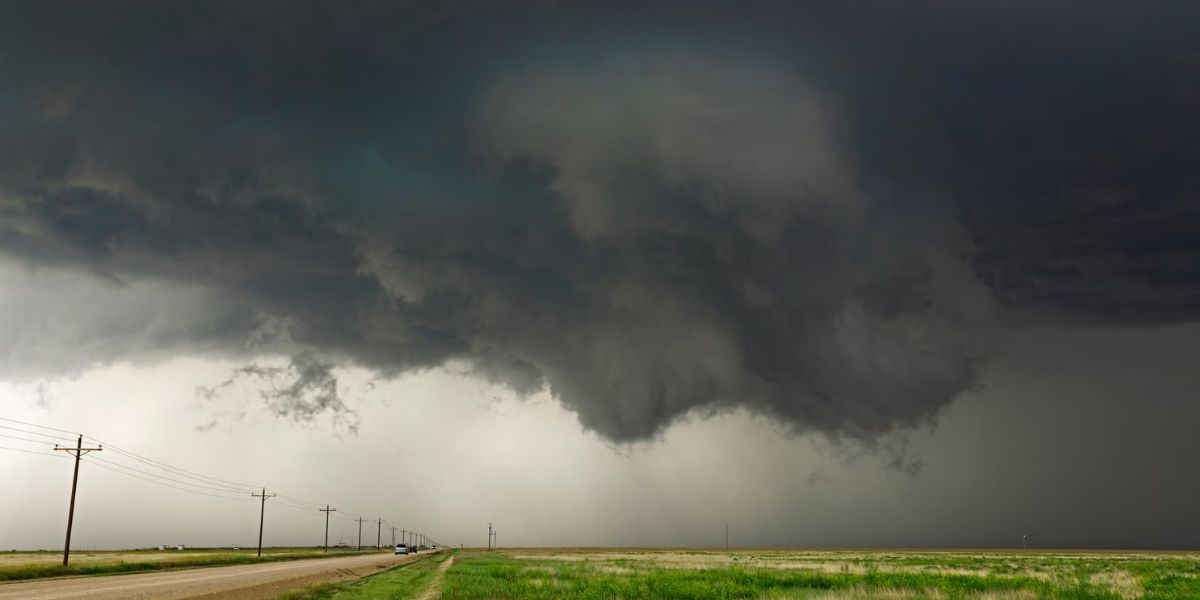In Custer City, Oklahoma, the National Weather Service issued an emergency tornado warning, advising locals to take cover right away.
Some users on X caught tornadoes over Oklahoma, with a frightening wind tunnel merging into an ominous grey cloud. The storm was decreasing as it approached Interstate 35 in the Oklahoma City region and was traveling east at a speed of 25 to 30 mph, according to the Weather Service.
It is advised that everyone seek refuge during the storm at home or in their tornado shelters. Due to the recent tornado damage in several Oklahoman towns, some meteorologists are wondering if the typical patterns of tornado activity are evolving.
Places in Oklahoma including Sulphur, Marietta, and Barnsdall, as well as a number of places in the South and Midwest, have had tornado events like to the one occurring in Custer City right now.
While a tornado can occur anywhere given the right meteorological circumstances, the phrase is frequently associated with the infamous “tornado alley” in the Midwest.
With time, meteorologists saw a shift toward the southeast. According to meteorologists, tornadoes are occurring more frequently in southern states like Tennessee, Mississippi, Louisiana, and Alabama.
The well-known tornado alley’s boundaries seem to be changing. Eight specific states make up this region as of 2023, according to Accuweather. These states share a distinctive combination of geographical and meteorological features that make them especially vulnerable to tornado activity.
Tornado alley is confined to just a few states, namely Oklahoma, Kansas, and Missouri. This alleyway is sometimes considered to include portions of Louisiana, Iowa, Nebraska, eastern Colorado, and northern Texas.
Read Also: Kansas in Turmoil: Powerful Storms Bring 100-mph Winds and Baseball-Sized Hail
Severe Thunderstorm Watches were in effect over the central United States by Sunday afternoon, spanning from South Dakota to Texas.
The Storm Prediction Center at NOAA issued a “Particularly Dangerous Situation” watch for parts of Kansas, Oklahoma, and Texas, emphasizing the serious threat that the storms that are expected to occur in these areas offer.
A few days ago, windstorms, thunderstorms, intense rain, floods, and tornadoes that tore across the Houston region prompted President Joe Biden to declare a “major disaster” in Texas.
“Today, President Joseph R. Biden, Jr. declared that a major disaster exists in the State of Texas and ordered Federal aid to supplement State, tribal, and local recovery efforts in the areas affected by severe storms, straight-line winds, tornadoes, and flooding beginning on April 26, 2024, and continuing,” as per an official White House statement.












Leave a Reply